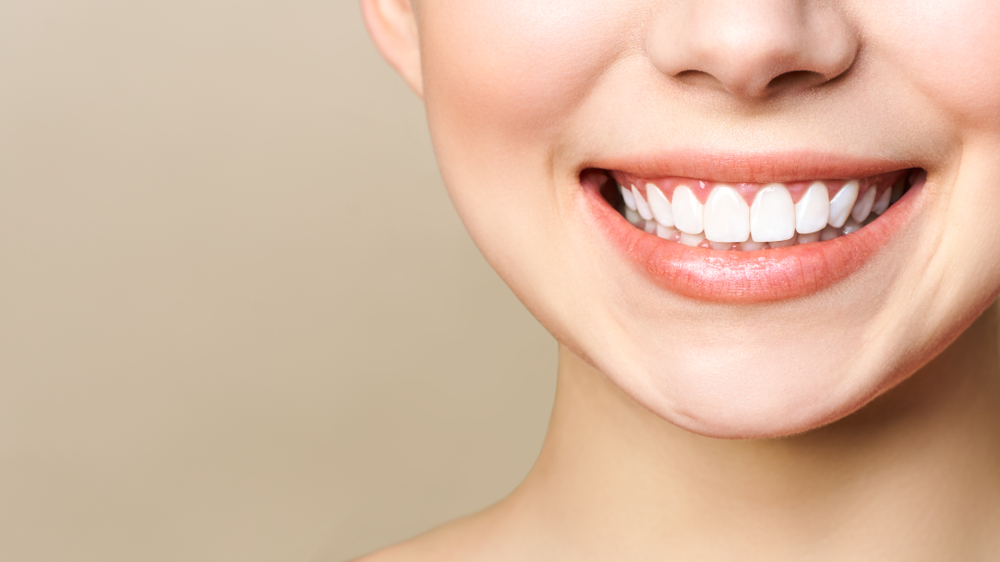Different Types of Dental Veneers: Porcelain vs. Composite
The dental veneers consist of thin, slender shells on the front of teeth to enhance their appearance. According to a dentist providing dental veneer consultation in Vancouver, these cosmetic dental methods are a great way to solve various dental issues, like chipped, discolored, or unevenly shaped teeth. The two most popular kinds of dental veneers are composite and porcelain. This article will discuss the distinctions between these two kinds of veneers. We’ll also assist you in determining which is the best choice for you.
Porcelain Veneers
Porcelain veneers consist of thin, tough shells of porcelain, which are made to be custom-fitted to your teeth. They are considered the highest quality dental veneers because they’re durable, strong, and can resist stains. The porcelain veneers can be crafted to match the shade of the natural tooth, creating a natural-looking smile.
Benefits from Porcelain Veneers
- Durability: Porcelain veneers last a long time. They are durable and long-lasting, and they will last for up to 15 or so years if they are treated with the proper treatment.
- Aesthetics: The appearance of porcelain veneers is natural and can blend seamlessly into naturally-shaped teeth. They can also be highly customized in shape and color, creating a natural and beautiful smile.
- Resisting Discoloration: The porcelain veneers resist discoloration and stains, which makes them an excellent alternative for people who want an attractive, long-lasting smile.
Advantages and Disadvantages of Porcelain Veneers

- Expenses: Porcelain veneers are more costly than composite veneers because of the higher price of the materials and lab fees.
- Irreversible: Putting porcelain veneers on your teeth involves removing a tiny amount of enamel from the tooth. The process is permanent, and when the enamel is removed, the tooth is left to require a crown or veneer to shield it.
Composite Veneers
Composite veneers comprise a tooth-colored resin bonded to the teeth’ surface and shaped to create an attractive, natural-looking smile. They’re a less expensive alternative to porcelain veneers but have some limitations.
Benefits of Composite Veneers
- Affordable: Composite veneers are much less expensive than porcelain veneers, making them an ideal choice for those on a tight budget.
- The process is short: Composite veneers can usually be placed within a single appointment with the dentist. This makes them an excellent choice for patients who wish to quickly make their smile more attractive.
- Reversible: unlike porcelain veneers, composite veneers aren’t permanent and can be removed when required.
The Disadvantages of Composite Veneers
- Durability: Composite veneers may not be as durable as porcelain veneers and may need replacing more often.
- Staining: The composite veneers can be more prone to discoloration and staining in time, which could alter the appearance of your smile.
Conclusion
Composite veneers and porcelain are two options that are popular to improve how your smile appears. Porcelain veneers are durable, resilient, and impervious to staining; however, they’re more expensive and cannot be reverted. Composite veneers are less expensive and reversible. However, they must be more durable and could require replacing more often. Finally, the decision between composite and porcelain veneers will be based on your requirements, budget, and preferences. Talk to the dentist you see to decide what kind of veneer is best for you.






Recent Comments